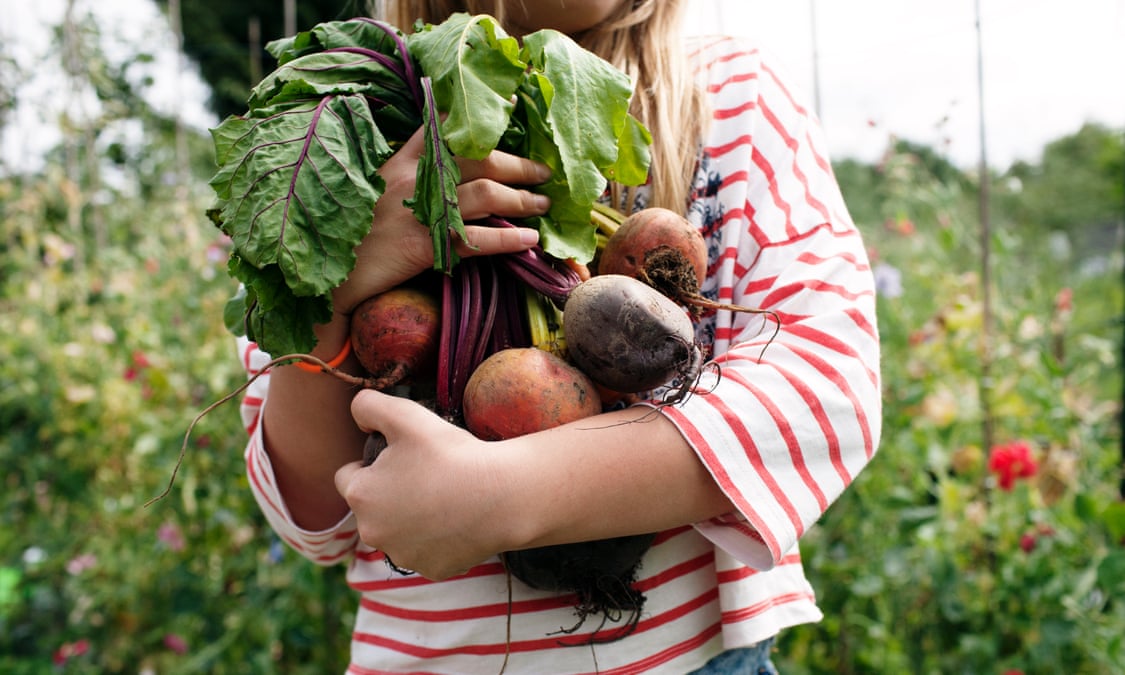
Genetically modifying food seems, at first glance, like a good idea. The world is growing at about 131.4 million births a year and everything seems to be getting much more crowded as we speak – there must be some way that we can keep up with our growing population. Of course, like all things surrounding human rights, there is about one pro and a million cons. Once you look a little deeper, you find that it isn’t as simple (or safe) as it sounds.
Firstly, how is genetically modified food, well, modified?
GMO’s are modified by identifying a trait of interest, isolating the genetic trait of interest, insert the desired trait into the new genome and, finally, growing the GMO. Writer of a Harvard-affiliated website, Chelsea Powell, said, “Biotech companies invest large sums into keeping these plants alive and reproducing once they have been successfully created. The companies use special climate-controlled growth chambers, and biologists often check on the plants by hand to make sure that they are growing as expected.” It’s much like a science project; you don’t really know what’ll happen when all these organisms are being pumped with these chemicals until it is complete.
Okay, what’s wrong with it?
GMO’s are generally unhealthy and even dangerous. Animals’ studies have shown that possible side effects of GMO foods are “organ damage, gastrointestinal and immune system disorders, accelerated aging, and infertility.” Genes loaded in certain foods have even left back material that was later found in human blood.
In just 9 years, chronic illnesses also rose from 7% to a whopping 13%. Since the introduction of GMO’s in 1996, food allergies, disorders such as autism and even digestive problems have completely leaped from one leaf to another. It’s still unknown if GMO foods are necessarily the cause but it’s being assumed. Institute For Responsible Technology said, “Although there is not sufficient research to confirm that GMOs are a contributing factor, doctors groups such as the AAEM tell us not to wait before we start protecting ourselves, and especially our children who are most at risk.”
Where do low-income communities stand?
Naturally (and unfortunately), low-income families are the ones who are highly affected by the side effects of GMO’s. The prices of organic foods and foods who have been genetically manipulated are extremely different. Organic foods are priced up to 20%-to-100% more than genetically modified foods. That alone eliminates the idea of shopping organic – not like it was even realistic considering that low-income communities generally do not have grocery stores that carry organic products. You’re, truthfully speaking, left with no other choice but to eat whatever your local store carries.
I believe that organic foods should not only be priced at much lower prices but at more accessible locations. It seems as if I’m requesting the impossible but for once, it would be interesting for people in high positions of power to not only think but care about the people – all people.
Fortunately speaking, this summer congress passed a law, which forces the labeling of food that contains GMO ingredients. Unsurprisingly, politicians love making life a little challenging (not in a good way) on everyone so the only way you’d be able to really find it is through QR codes – which are the little squares that look like mazes. While the labeling of foods is important, it felt half-assed. Nevertheless, it’s appreciated (not really.)




